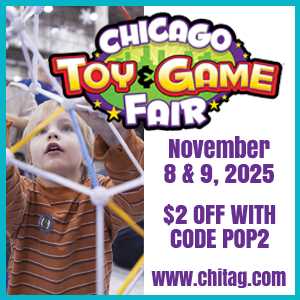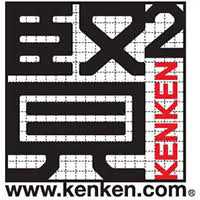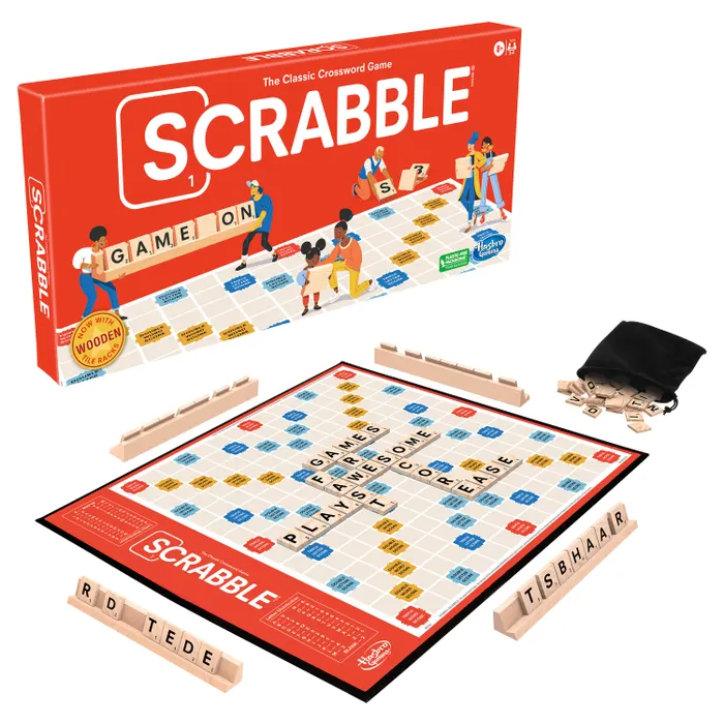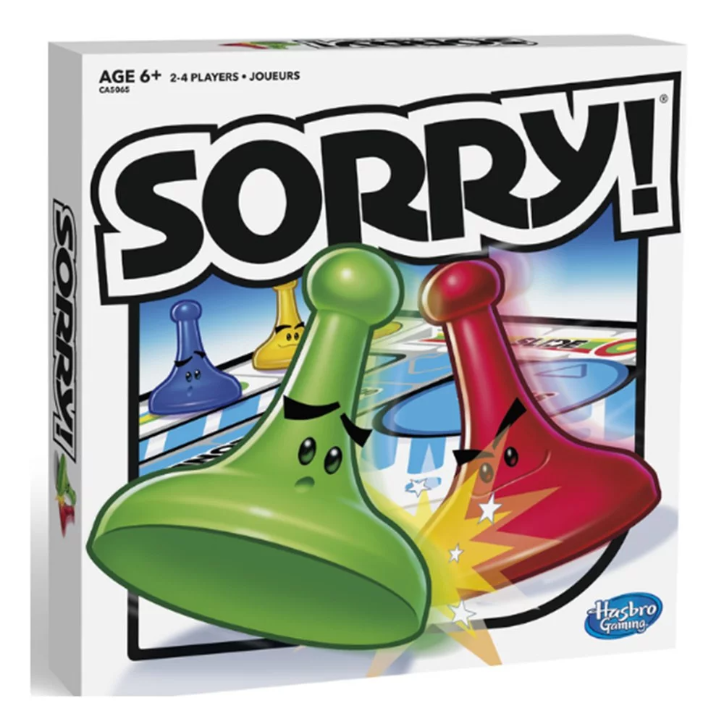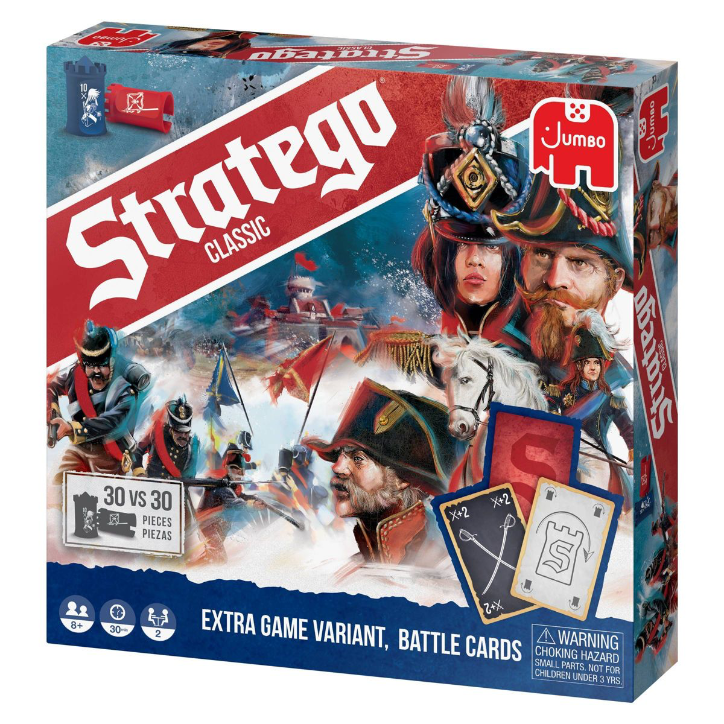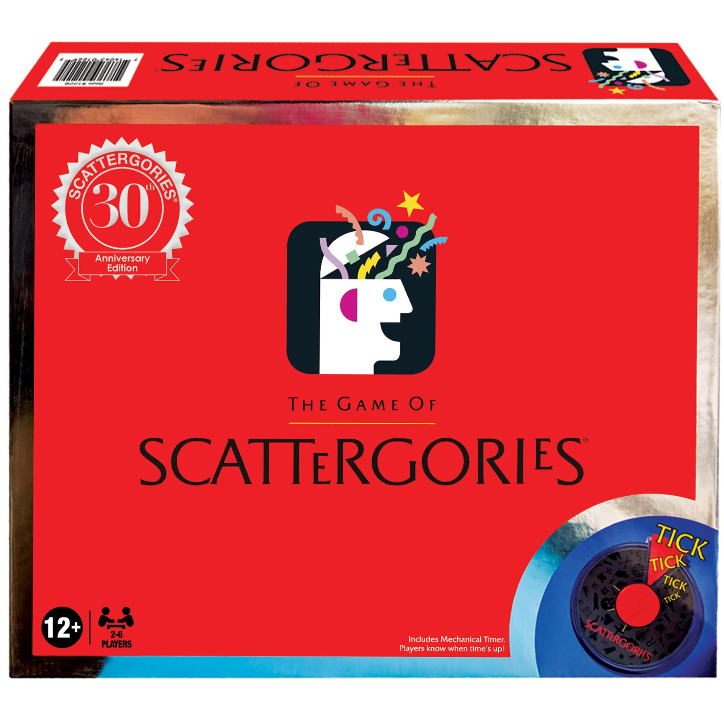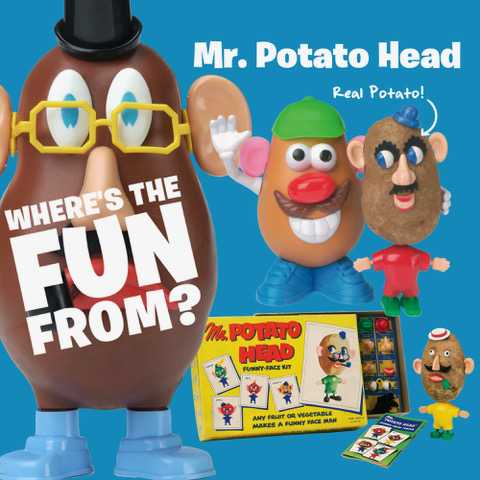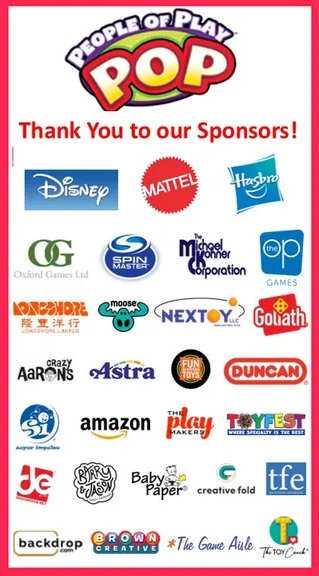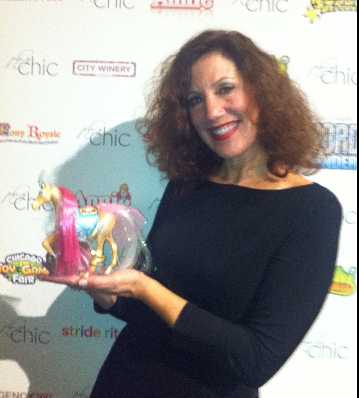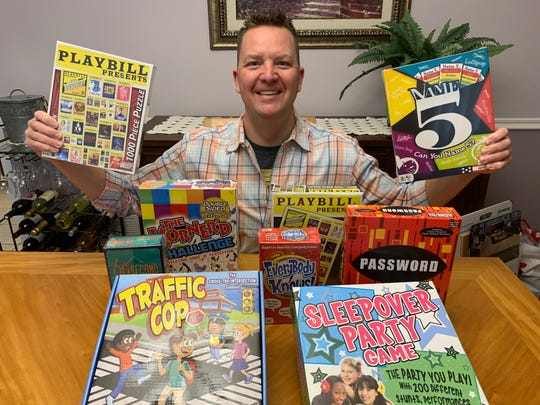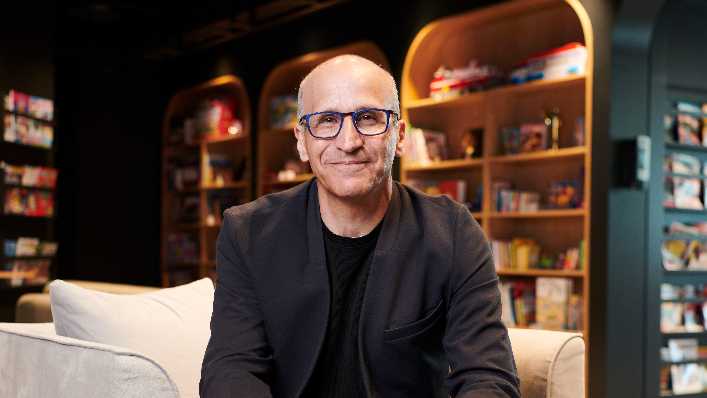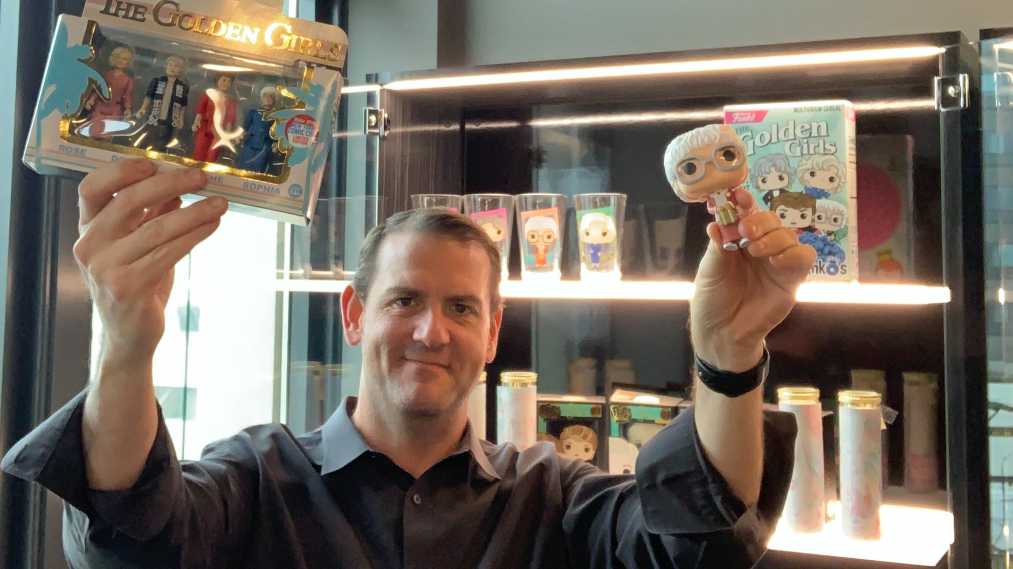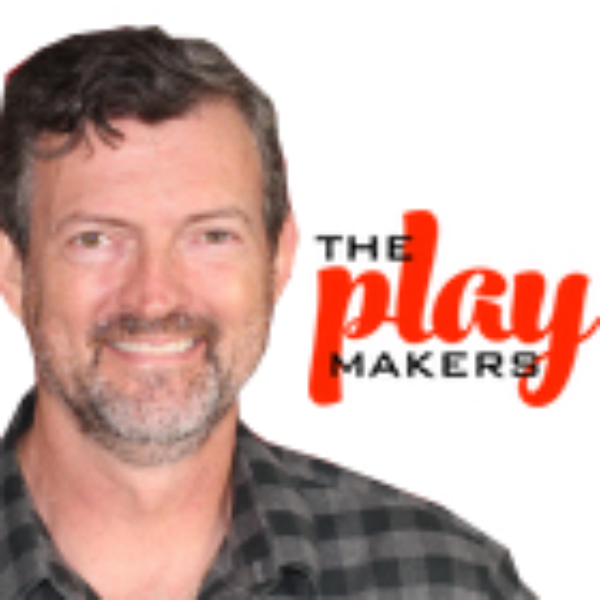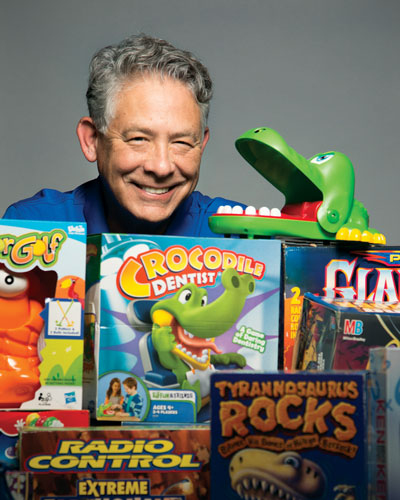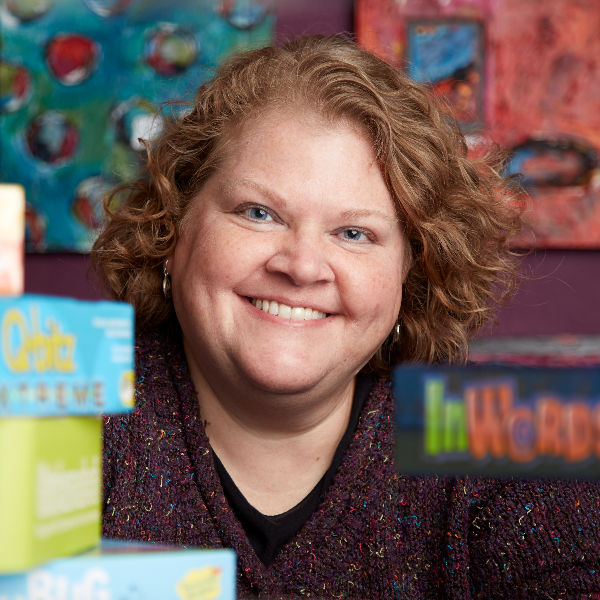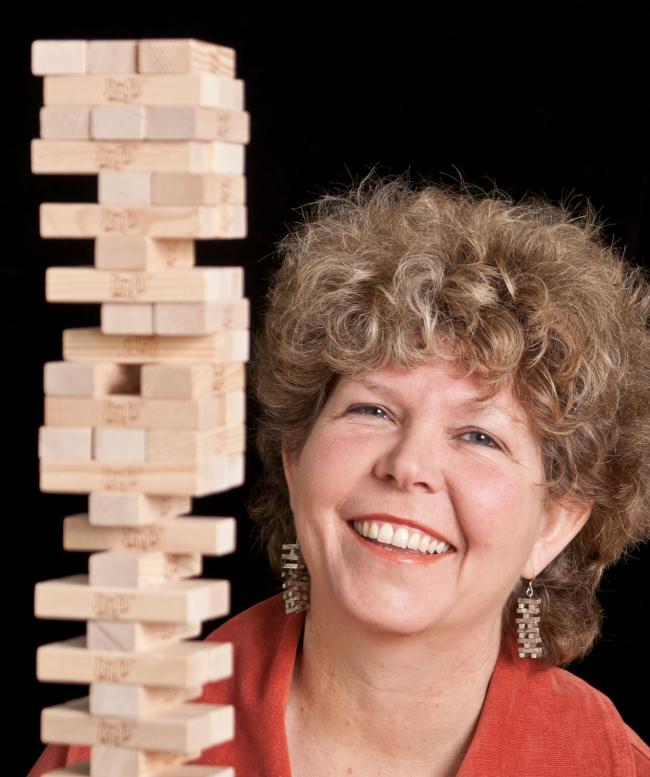Scrabble
Gameplay
Scrabble is a word game! Using small wooden tiles that each bear a letter, players arrange their tiles on a gameboard to make words. Words can be arranged horizontally from left to right, or vertically from top to bottom, in crossword fashion. Each letter is worth a certain number of points, and there are “premium” squares on the gameboard that increase point value. The object of the game is to score the most points.
Each player begins with seven letters, drawn randomly out of a bag. To decide who goes first, each player can draw a letter out of the bag and whoever has the letter that comes first alphabetically goes first. The first word must be played to cover the center square, which usually has a star on it. The next word must use at least one of the tiles that is already on the board.
To score your word, add up the points that each letter is worth—there will be a small number in the bottom right corner designating the number of points you can get for each letter. There are also “premium” spots on the board, including double letter score, tripe letter score, double word score, and triple word score. These only apply to the first word placed on them.
After your turn, you must randomly choose more letters from the bag to add to your collection, making sure you have seven tiles at all times (until there are no more tiles left in the bag). The game ends when one player has played every tile in their collection and no tiles remain in the bag. If you have any remaining tiles in your collection when the game ends, the point values of your tiles are subtracted from your total score.
Notes:
- Blank letter tiles can be any letter the player who places the word on the board wants it to be. Once it is played as a certain letter, it remains as that letter for the rest of the game.
History
Scrabble first came about in 1931 and was originally called Criss-Crosswards. Alfred Mosher Butts, an architect residing in Poughkeepsie came up with the game through tinkering with another game he made called Lexiko. It also called for the letter tiles, but the gameboard and crossword-style play was original to Criss-Crosswords. He came up with the distributions and point values of each letters himself, by performing a frequency analysis of letters. Alfred manufactured a few sets himself but was unable to sell to any of the major game manufacturers of the time.
17 years later in 1948, James Brunot of Newton, Connecticut bought the rights to manufacture Criss-Crosswords from Alfred, promising him royalties in exchange. It was James who renamed Criss-Crosswards to the game we know today: Scrabble. In addition to this change, James rearranged the “premium” squares on the gameboard and simplified the rules a bit. The next year, James and his family manufactured 2,400 sets in a converted former schoolhouse nearby, but never ended up making any money.
A few years later in 1952, James licensed the manufacturing rights to Selchow and Righter, a company that had previously rejected the game. In its second year, nearly 4 million Scrabble sets were sold. In 1972, Selchow and Righter bought the trademark to the game. Separately, in 1955, JW Spear acquired the rights to sell Scrabble in Australia and the UK. In 1986, Selchow and Righter was sold to Coleco, which went bankrupt soon after and its assets were purchased by Hasbro. In 1994, Mattel acquired JW Spear. To this day. Hasbro owns the rights to manufacture Scrabble in the US and Canada, and Mattel has the rights to manufacture Scrabble in other parts of the world.
Variations
In this day and age, you can play Scrabble anywhere: there’s apps for your phone, online versions, and video game versions. There’s a number of variations, too, like Super Scrabble, which has 200 tiles compared to the original’s 100 tiles, and instead of a 15x15 gameboard, it’s 21x21. There’s also Scrabble Junior for the kids!
Reception & Awards
In 1984, Scrabble was turned into a daytime game show broadcasted on NBC. It ran from July 1984 to March 1990, with a second run from January to June in 1993.
Scrabble was inducted into the National Toy Hall of Fame in 2004.
There are a number of major Scrabble tournaments held all over the world, including the WESPA Championship, the Scrabble Players Championship, The National Scrabble Championship, the Brand’s Crossword Game King’s Cup, and the UK Open, to name a few.
Related Blogs
Recent Blogs
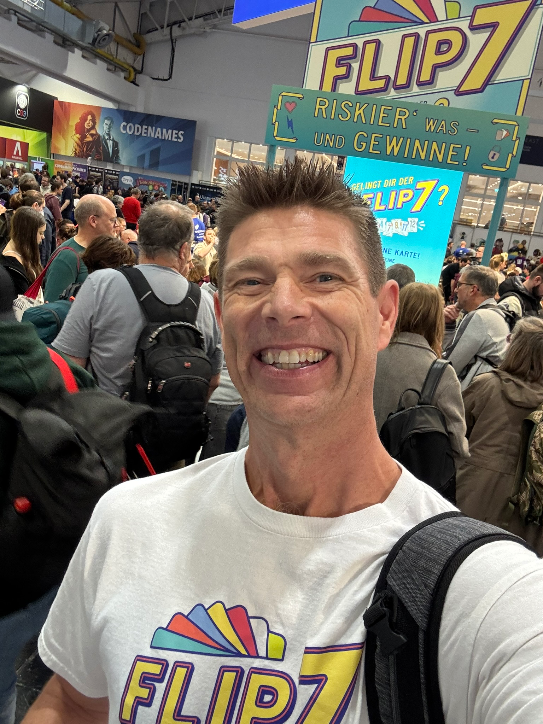
Biographies and Interviews
Catching up with Eric Olsen, The Inventor of Flip 7 and Co-Creator of Messy Table Games
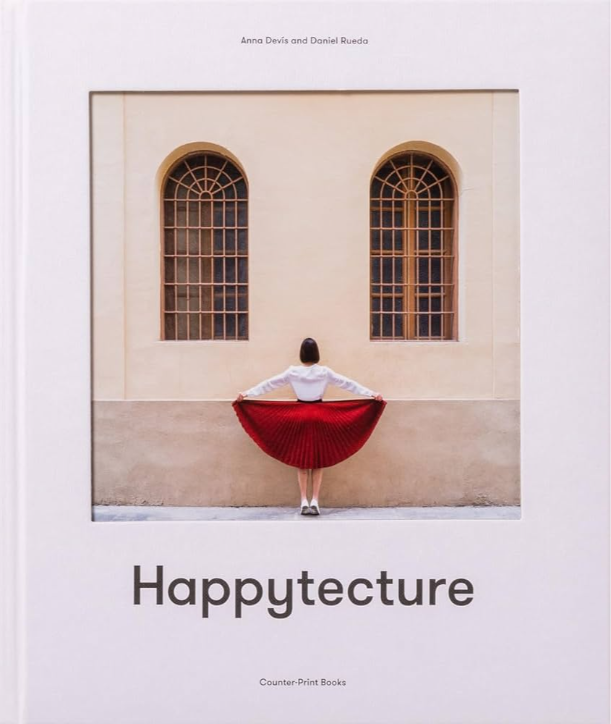
Reviews
Book Review: Happytecture by Anna Devís & Daniel Rueda
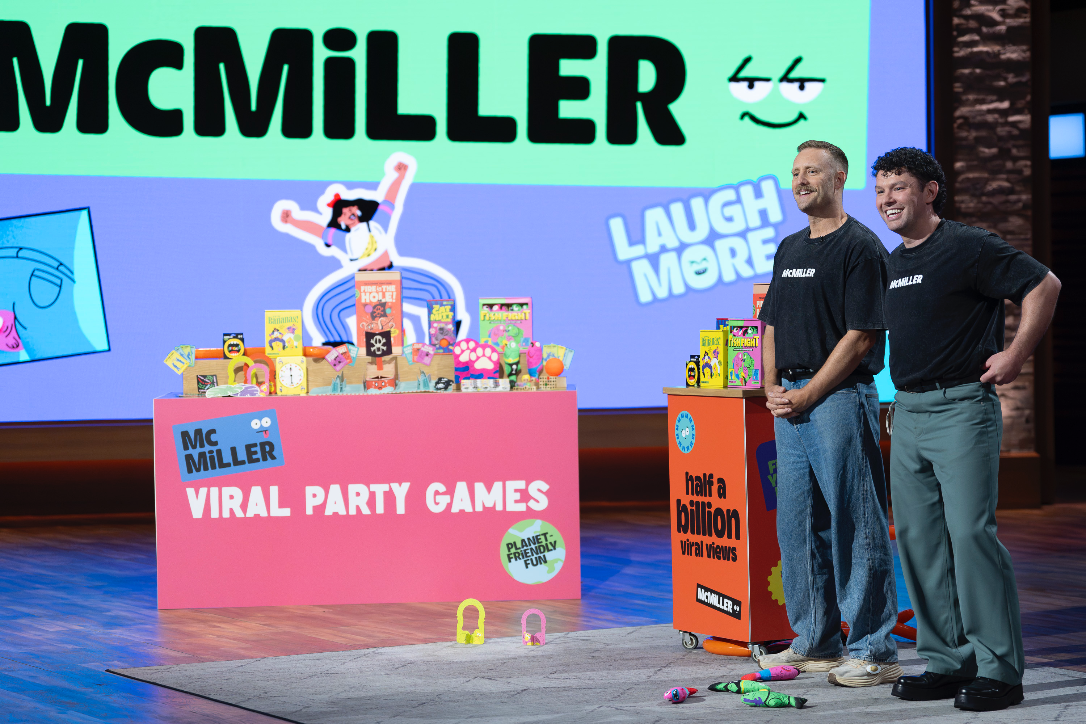
Biographies and Interviews
From Stage Lights to Game Nights: McMiller’s David & Julian on Shark Tank (Dec 10th), Viral Success & Building a Business With Your Husband
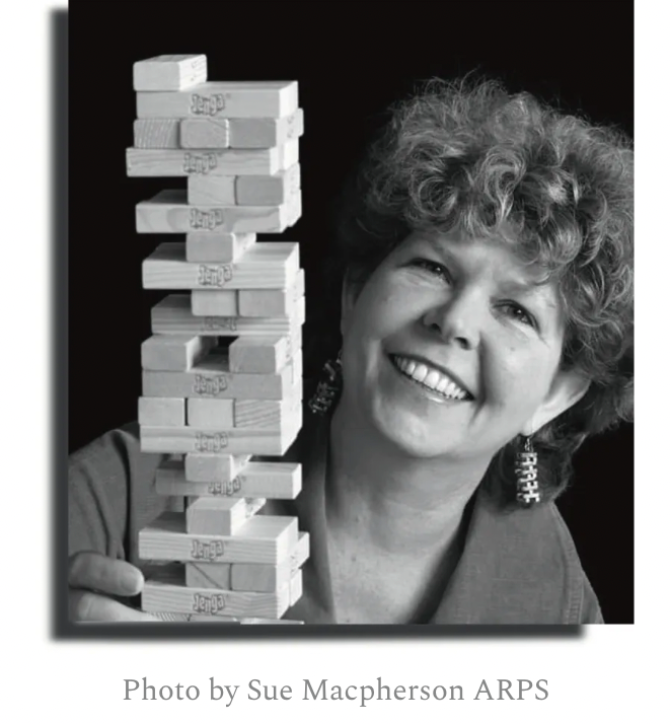
Press Release
Leslie Scott (creator of Jenga) announces the launch of BOUNDLESS PLAY
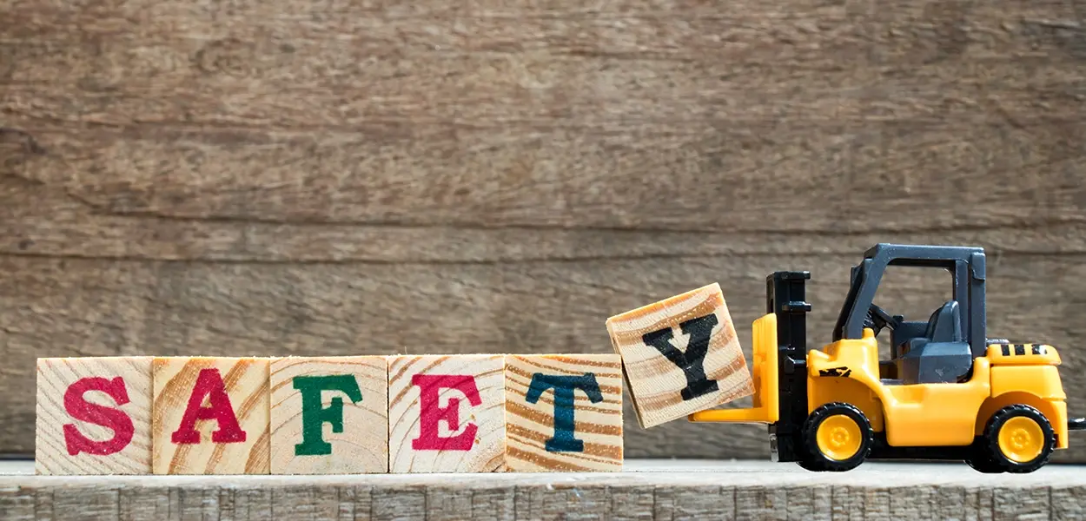
Press Release
New Study Highlights the Importance of Shopping from Trusted Toy Brands & Retailers this Cyber Monday
See more
Recent Wiki
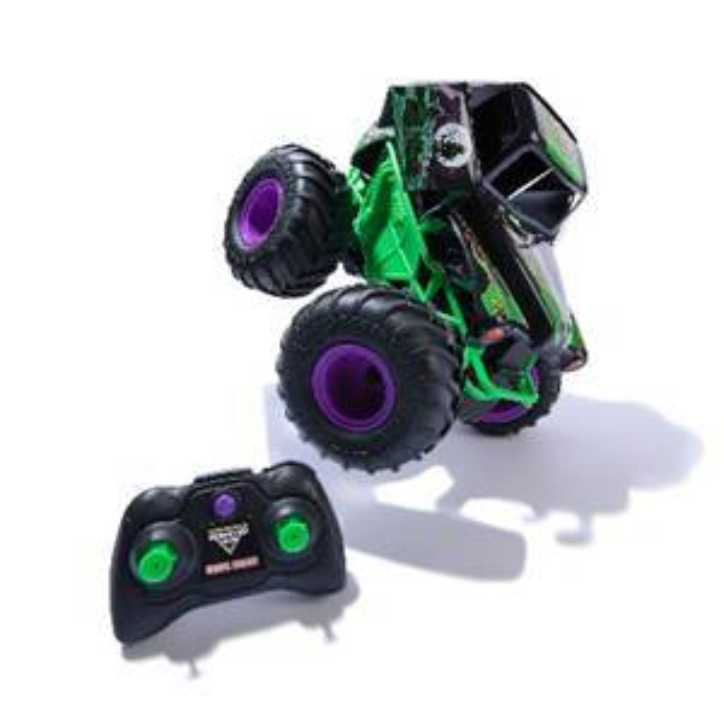
BOOK REVIEWS
Toy Review: Monster Jam Smash & Bash Grave Digger Monster Truck
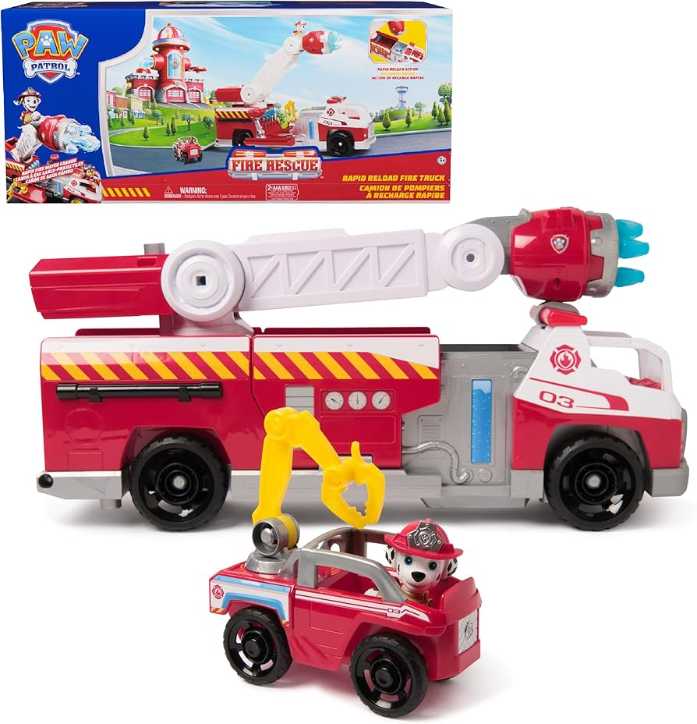
BOOK REVIEWS
Toy Review: Marshall's Rapid Rescue Fire Truck
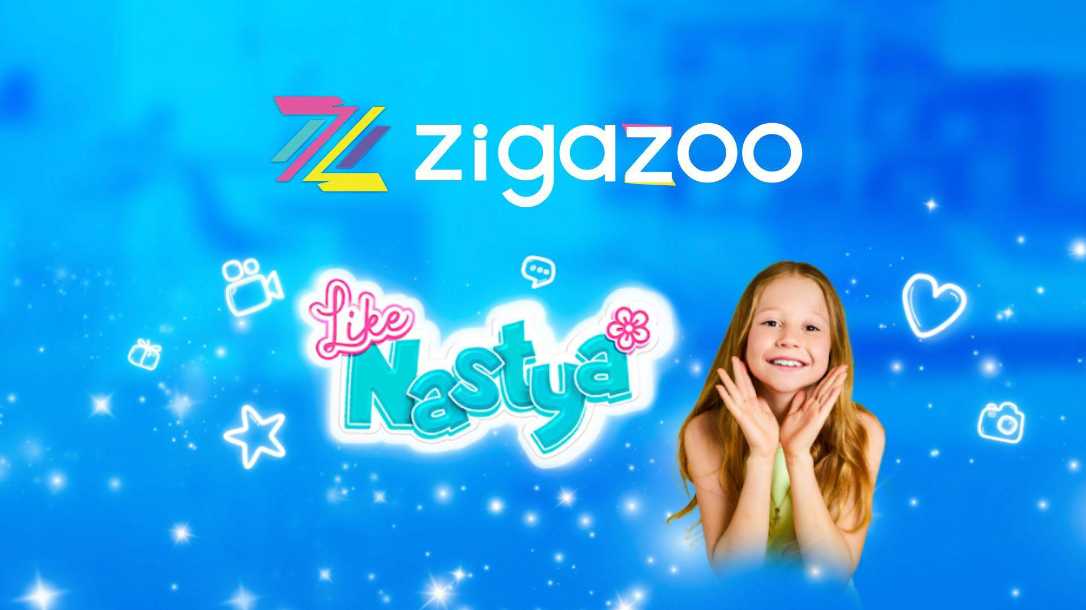
COMPANIES
Zigazoo Secures Partnership with YouTube Star Like Nastya to Inspire Millions of Kids
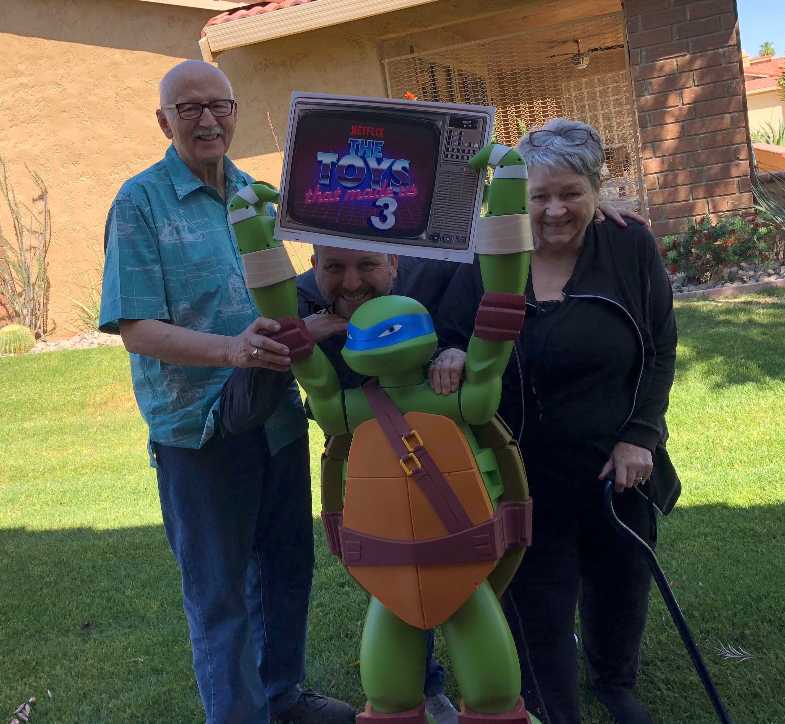
PEOPLE
A Legacy of Play: Inside the Carlson Family’s Multi-Generational Journey Through the Toy Industry
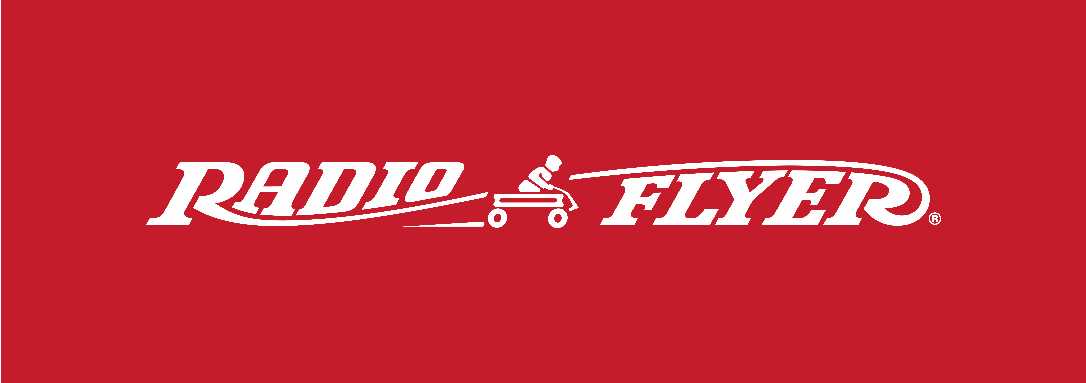
COMPANIES
Radio Flyer Studios Announces the Launch of its First Original Animated Series, Max & Maple: The Can-Do Kids
See more
POP's Got Talent
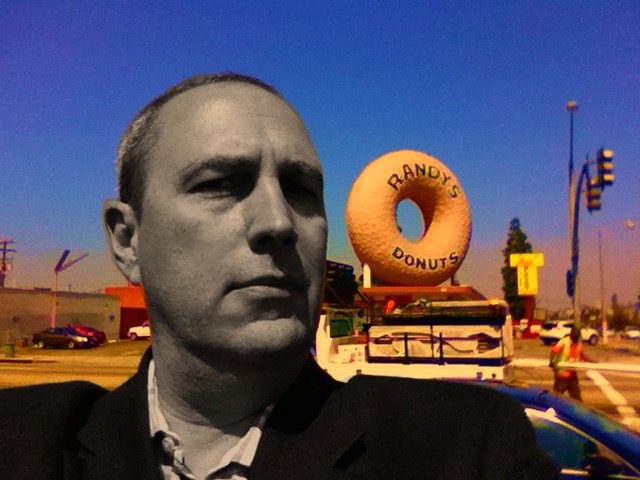
POP Entertainment
Randy Klimpert Shares his Ukulele Collection
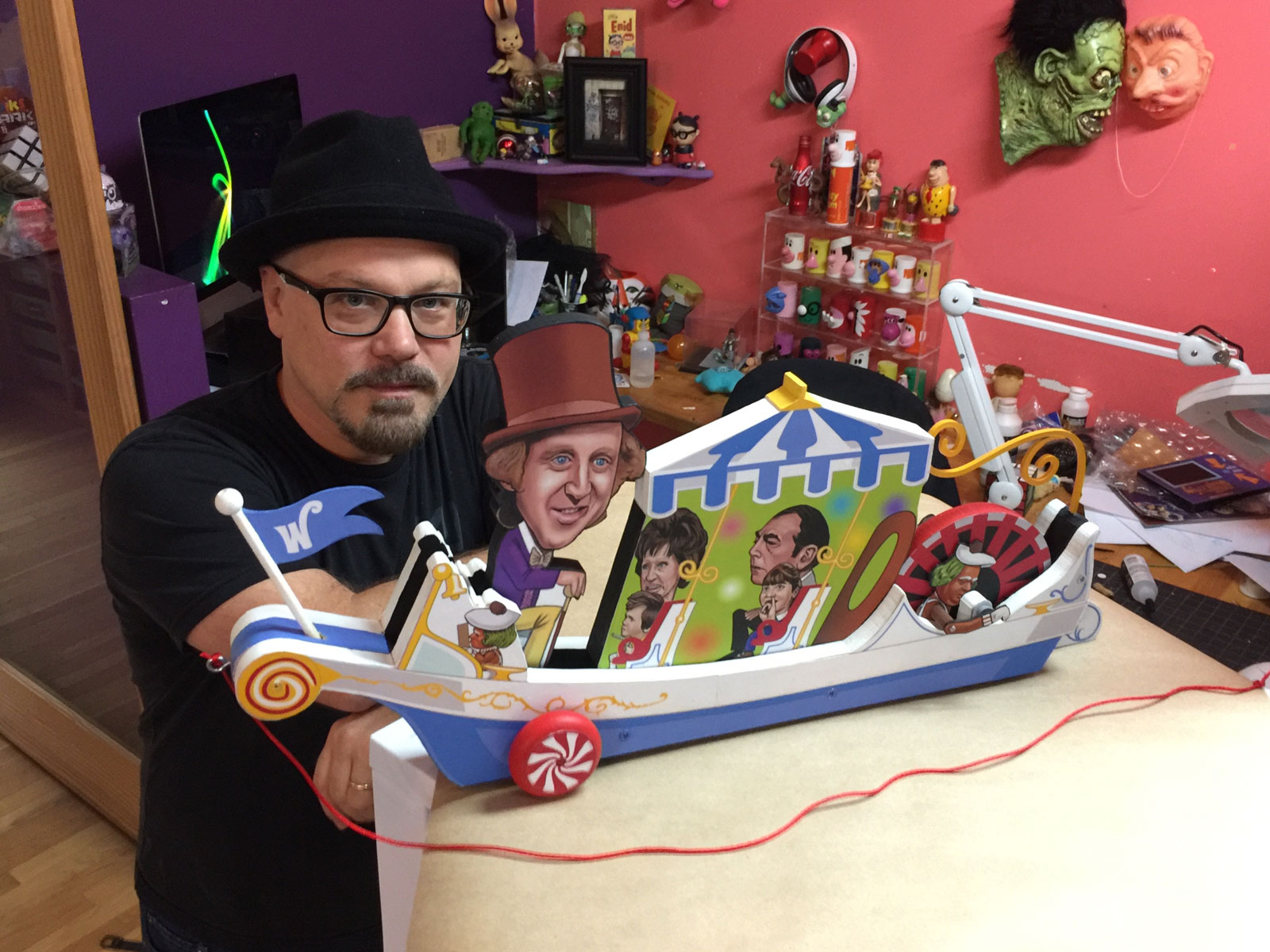
POP Entertainment
Steve Casino Peanut Art
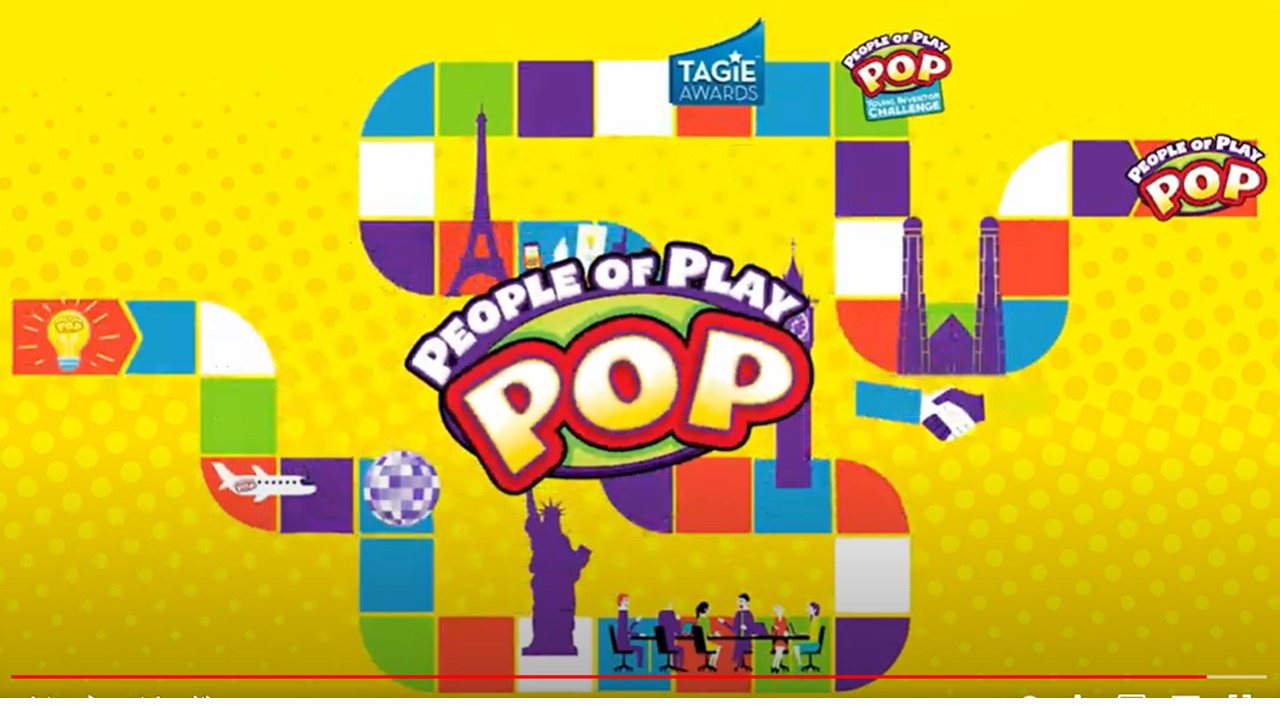
POP Entertainment
Everyone's Talking about POP!
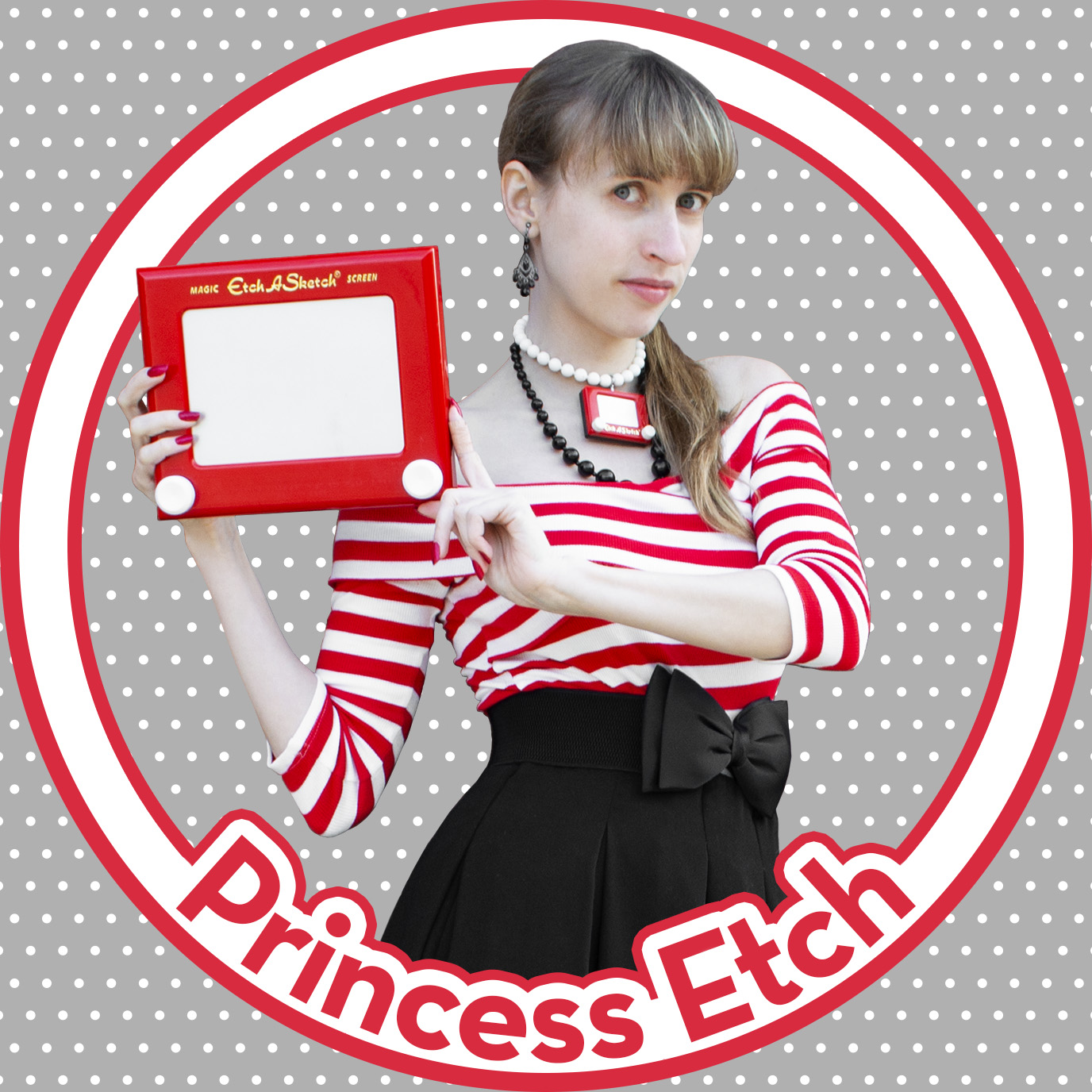
POP Entertainment
Princess Etch - a Multi-Talented Etch A Sketch Artist
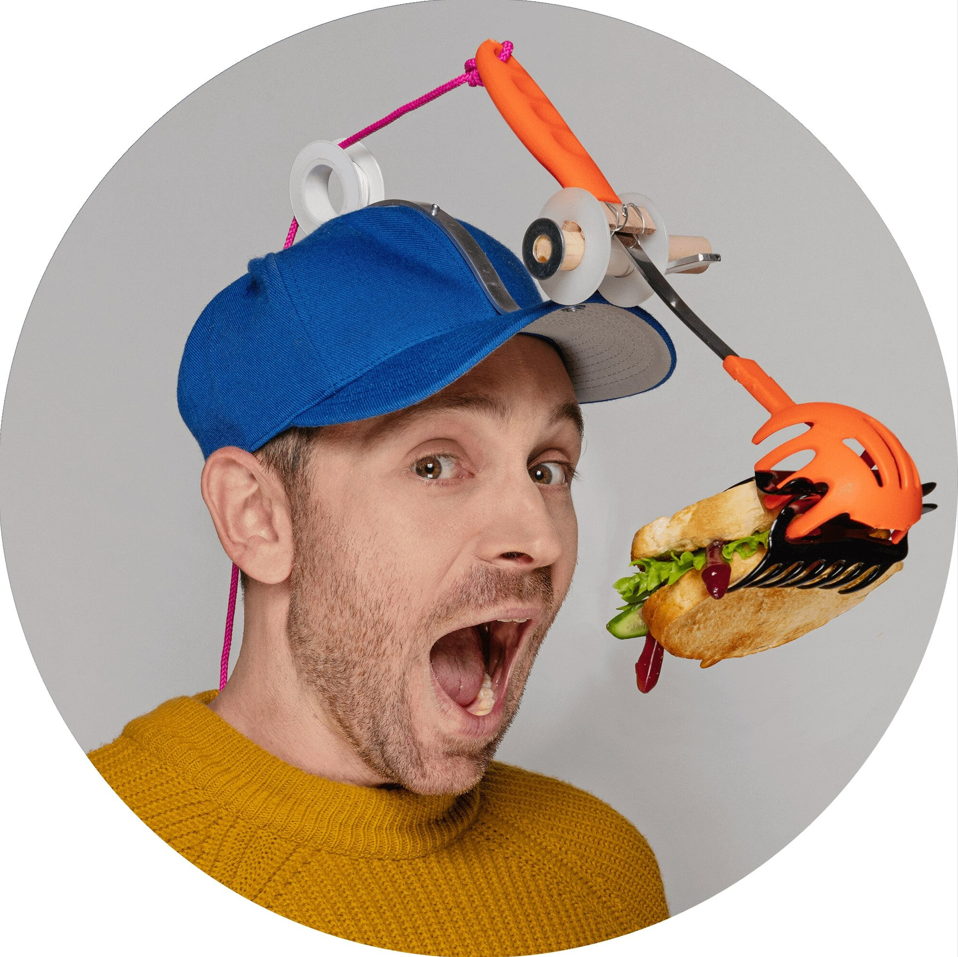
POP Entertainment
Joseph Herscher of Joseph' s Machines.
See more
Recent POPcast
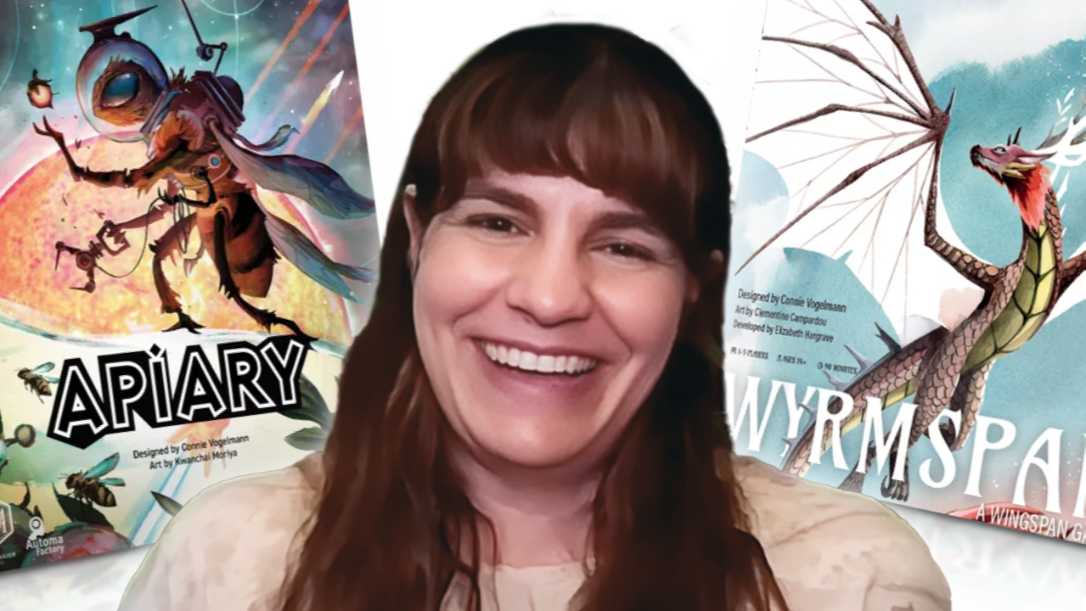
Hidden Role: The Brains Behind your Favorite Games
Connie Vogelmann designed Apiary & Wyrmspan!
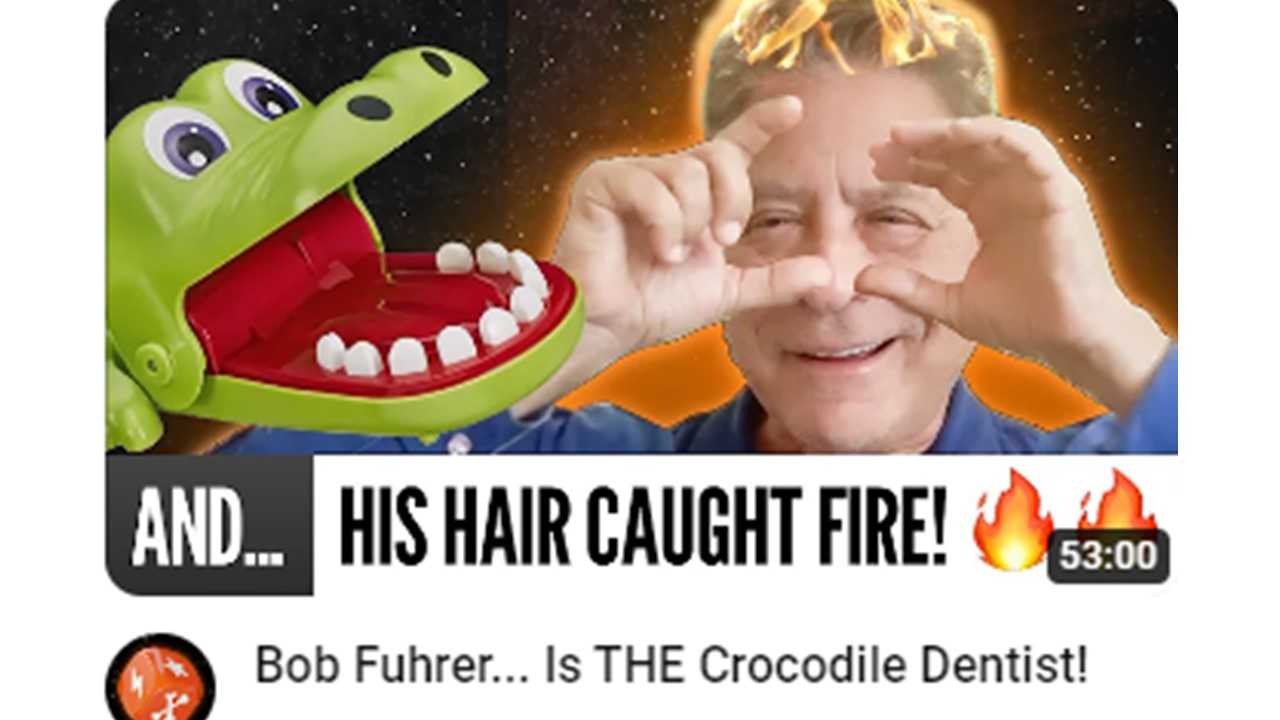
Hidden Role: The Brains Behind your Favorite Games
Bob Fuhrer... Is THE Crocodile Dentist!
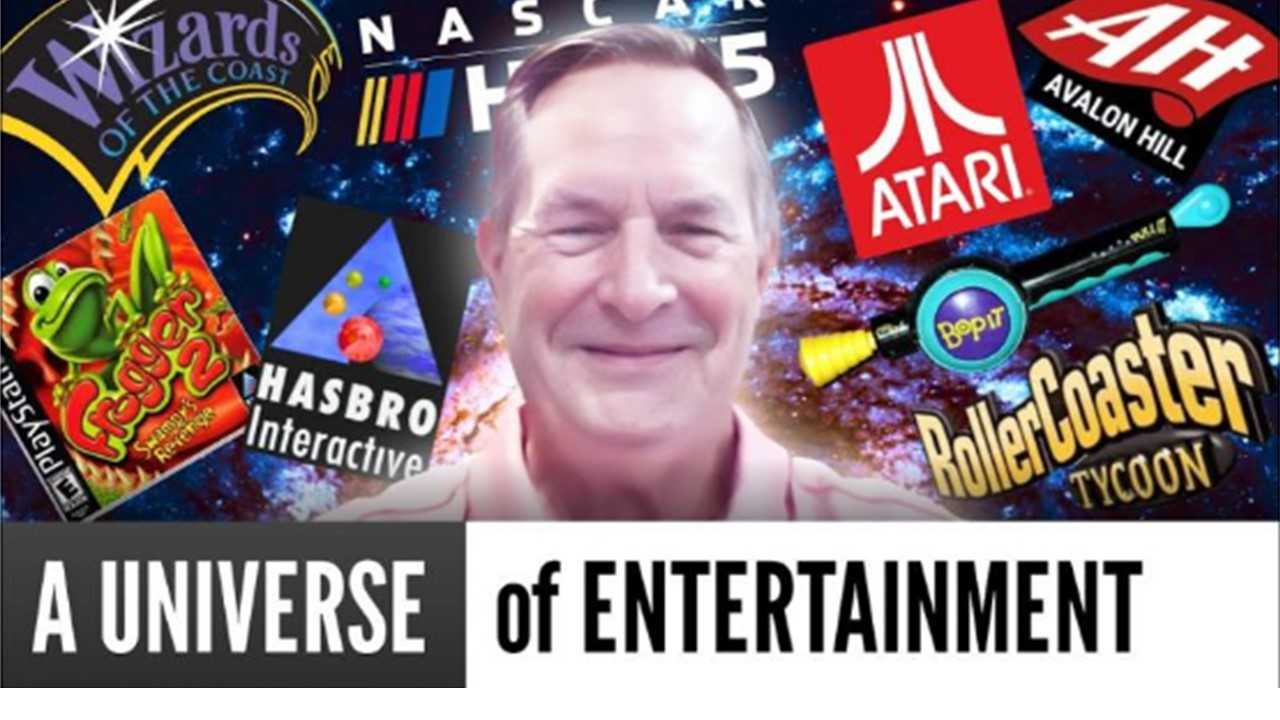
Hidden Role: The Brains Behind your Favorite Games
Tom Dusenberry... Bought Atari, Wizards of the Coast, and Avalon Hill!
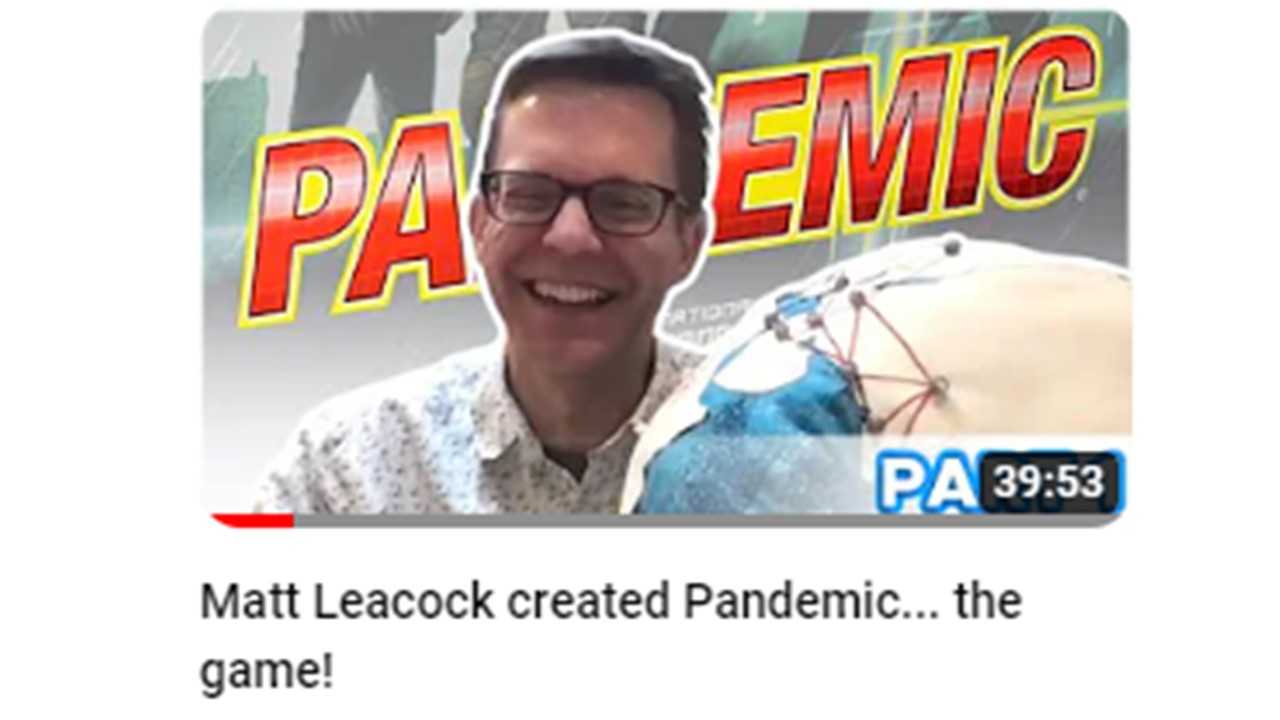
Hidden Role: The Brains Behind your Favorite Games
Matt Leacock created Pandemic... the game!

Hidden Role: The Brains Behind your Favorite Games
Scott Brown and Tim Swindle... are Launching a New Sport!
See more
POPDuos

POPDuos: Interviews with Legends and Leaders
POPDuo: Richard Dickson, Mattel’s President & COO, and Kedar Narayan, Young Inventor Challenge AMB

POPDuos: Interviews with Legends and Leaders
POPDuo: Will Shortz and Josh Wardle

POPDuos: Legends and Leaders Explore Creativity
POP Duo: Elan Lee, Co-Founder, Exploding Kittens.and Jeff Probst, Host and Exec Producer, Survivor

POPDuos: Legends and Leaders Explore Creativity
POP Duo: David Fuhrer, MNG Director, Blue Sq Innovations & Shawn Green, past Dodgers & Mets MLB Star

POPDuos: Legends and Leaders Explore Creativity
POP Duo: Bob Fuhrer, Founder, Nextoy and Tom Fazio, Golf Course Designer
See more
